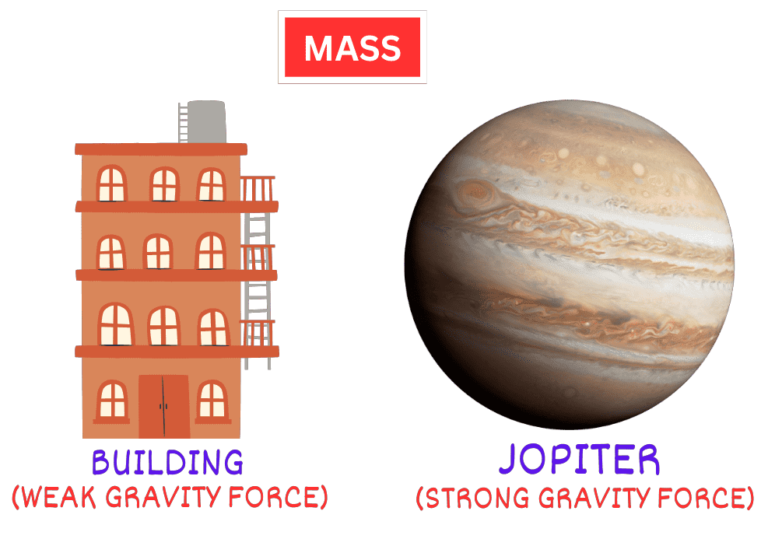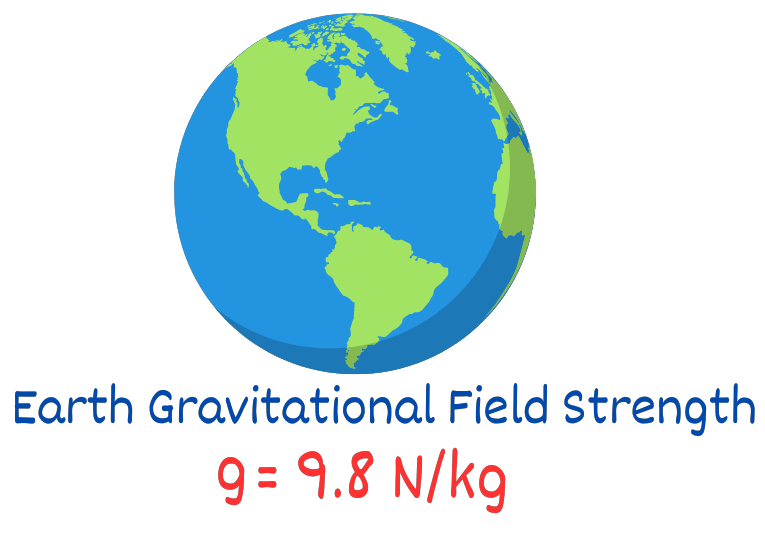Unlocking the Mysteries of Gravity, Weight, and Energy
The study of physics unravels the mysteries of the universe and provides insight into the fundamental forces governing our world. Among these forces, gravity stands out as one of the most profound. In this comprehensive guide, we will embark on a journey through the fascinating realm of gravity, explore the nuances of weight, and dive into the concept of gravitational potential energy.

Whether you’re preparing for your upcoming studies or seeking to deepen your knowledge, take the next step by clicking this link: Physics Private Tutoring
Discover a deeper understanding of the topic “Exploring the Fundamentals of Energy Transfer and Work Done in Physics.” Click the link to learn more: Stores of Energy
Contents
Chapter 1
The Enigma of Gravity
At its core, gravity is the force of attraction between two objects with mass. This force is responsible for binding celestial bodies, such as planets and moons, and even plays a significant role in the trajectory of objects on Earth. However, the strength of this force is not uniform; it depends on two primary factors:


Gravitational Fields and Field Strength
In the world of physics, we use the concept of gravitational fields to describe the region around an object where its gravitational influence extends. Essentially, it’s the space where an object with mass can exert its gravitational force.
The intensity of this field is quantified using gravitational field strength, represented by the symbol “g.” Gravitational field strength is measured in newtons per kilogram (N/kg) and serves as an indicator of the gravitational pull’s strength in a particular location.

Earth's Gravitational Field Strength
On Earth, the gravitational field strength is approximately 9.8 N/kg. This means that for every kilogram of mass, there exists a gravitational force of 9.8 newtons. This relatively high gravitational field strength is responsible for the noticeable gravitational force experienced by objects near the Earth’s surface.

Variation in Gravitational Field Strength

Having grasped the fundamentals of gravity, let’s now explore weight—a concept often misconstrued in everyday language.
Chapter 2
The Distinction Between Mass and Weight

To illustrate, if you were to measure your mass on Earth using a scale, the result would be identical to a measurement on the Moon or in outer space. Your mass remains unaltered.
Comprehending Weight
Weight, on the other hand, refers to the force of gravity acting on an object with mass. It varies depending on the gravitational field strength of the celestial body the object is situated on.
Weight is calculated using the following formula:
Weight (W) = Mass (m) × Gravitational Field Strength (g)

Where:
- Weight (W) is measured in newtons (N).
- Mass (m) is measured in kilograms (kg).
- Gravitational Field Strength (g) is measured in newtons per kilogram (N/kg).
Consider an example: a box with a mass of 10 kilograms. When placed on Earth’s surface, where the gravitational field strength (g) is approximately 9.8 N/kg, the box’s weight (W) is calculated as follows:
W = 10 kg × 9.8 N/kg = 98 N
In this scenario, the box’s weight is 98 newtons.

However, if this same box were transported to the Moon, where the gravitational field strength (g) is significantly lower (about 1.6 N/kg), its weight would be:
W = 10 kg × 1.6 N/kg = 16 N
On the Moon, the box’s weight is merely 16 newtons, substantially lighter than its weight on Earth.

This distinction between mass and weight can be somewhat perplexing, given that we often colloquially use the term “weight” to denote mass. Nevertheless, in the realm of physics, it is crucial to differentiate between these two properties.
Chapter 3
Gravitational Potential Energy
Now that we have a solid understanding of gravity, weight, and their distinctions, let’s delve into the concept of gravitational potential energy (GPE).

Unraveling Gravitational Potential Energy
Gravitational potential energy (often denoted as “GPE”) is a form of potential energy associated with an object’s position within a gravitational field. It represents the energy an object possesses due to its elevation above a reference point, typically the surface of a celestial body like Earth.
The formula for calculating gravitational potential energy is:
GPE (EP) = Mass (m) × Gravitational Field Strength (g) × Height (h)

Where:
- GPE (EP) is measured in joules (J).
- Mass (m) is measured in kilograms (kg).
- Gravitational Field Strength (g) is measured in newtons per kilogram (N/kg).
- Height (h) is measured in meters (m).
In essence, gravitational potential energy quantifies the energy an object possesses due to its position relative to a celestial body. The higher an object is above the reference point, the greater its gravitational potential energy
Calculating Gravitational Potential Energy: An Example

Solved Example: Suppose we have an apple with a mass of 0.1 kilograms (equivalent to 100 grams), and we lift it to a height of 3 meters above the ground.
Solution:
First, we ensure that all our units are consistent by converting the mass from grams to kilograms:
Mass (m) = 0.1 kg
Now, we calculate the gravitational potential energy using the formula:
GPE (EP) = 0.1 kg × 9.8 N/kg × 3 m = 2.94 J

The apple possesses a gravitational potential energy of 2.94 joules due to its position above the ground.
Gravitational potential energy plays a significant role in various natural phenomena. It’s the energy associated with the positioning of objects within gravitational fields and has applications in understanding the behaviour of celestial bodies, the operation of hydroelectric dams, and even the exhilarating experience of a roller coaster ride.
Chapter 4
Conclusion
In this comprehensive exploration of gravity, weight, and gravitational potential energy, we’ve journeyed through the fundamental principles that govern the behaviour of objects within gravitational fields.

We’ve demystified gravity as a force of attraction dependent on mass and distance, clarified the distinction between mass and weight, and unravelled the concept of gravitational potential energy.
These foundational concepts are instrumental in the field of physics

“Dive into the captivating world of Gravity, Weight, and Gravitational Potential Energy.







Ahaa, its fastidious discussion regarding this article at this place at this website,
I have read all that, so now me also commenting at this place.